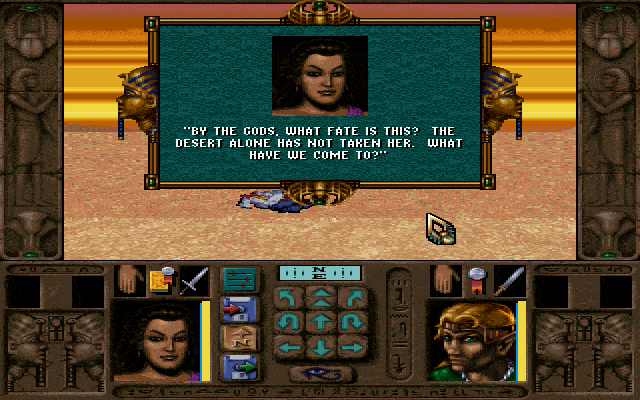Retro reflections by Matt S.
Back when Dungeons & Dragons was being managed by TSR, the company experimented with a massive range of “settings.” These settings took the basic medieval fantasy of Dungeons & Dragons, and twisted it to fit with other kinds of fantasy. There was the high magic 1001 Arabian Nights-styled Al-Qadim, The brutal violence of the Dark Sun setting, and fan favourite, Planescape, which was a fascinating mix of medieval swords-and-sorcery and an odd science-fiction element that allowed players to jump between worlds and planes of existence. And then there was Greyhawk, the Forgotten Realms and Dragonlance – all very different takes on the more standard fantasy stuff.
One of my favourite settings of all these was Ravenloft, which was the all-horror take on Dungeons & Dragons. In a world of evil piled on violence, and creatures of the night, “nations” of decrepit populations of tormented citizens existed under the rule of creatures of complete malevolence, generally based on horror film and literature icons. One “nation” was ruled by Strahd – Dungeons & Dragon’s take on Dracula. Frankenstein’s Monster holds sway under another. Another adventure puts players in a Victorian London-like setting, being tormented by a Jack the Ripper-like creature.
And then there was Har’Akir, ruled over by an animated Mummy, Anhktepot. Har’Akir is a world of deserts and disease, and as a kid I found the video game adaptation of that world, Stone Prophet, absolutely fascinating.
To read on, please log in with your DDNet Premium account:








